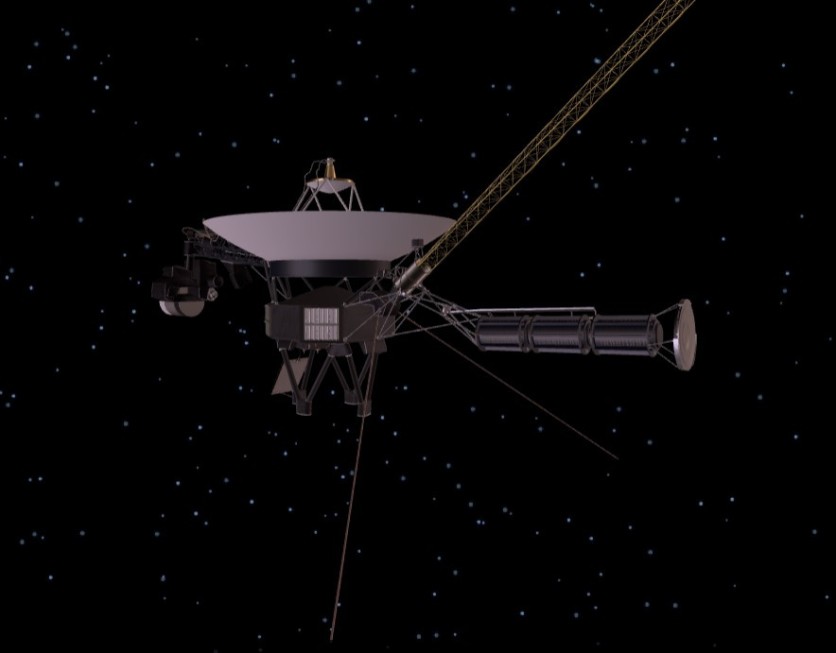The longest-time running NASA spacecraft is currently in its 45th year. The Voyager 1 probe, which was launched on September 5, 1977, continues to unravel deep space in search of interesting sightings beyond the Earth.
Its longevity has surprised scientists since no one knew that it would exist for a very long time.
Interestingly, it has become an instrument of interstellar space discovery--an effective symbol of endless projects in space.
NASA Voyager 1 Records 45 Years of Space Exploration

The space agency has been operating Voyager 1 for nearly 50 years. Indeed, it's inching closer to its five-decade existence, but still, it remains to be a powerful spacecraft that scientists use to unravel a foreign planet.
According to Space.com, the probe is situated over 23.5 billion kilometers away from the planet. To easily imagine how far it is from Earth, multiply the sun's distance by 157.
Per NASA's Jet Propulsion Laboratory (JPL) deputy project scientist Linda Spilker, the 45th anniversary of Voyager is important to acknowledge because of its importance in providing "observations of uncharted territory."
Just last week, Tech Times reported that NASA was able to fix Voyager 1's glitch on the AACS module. The space agency guaranteed that the public won't have to worry about this mess anymore.
The team has gotten rid of the glitch, yet they still do not know the reason behind the sudden switch trigger.
Voyager 1 Explored Jupiter and Saturn
By the time Voyager first took its flight in 1977, it had immediately hit a surprising goal by reaching Jupiter a year later.
Even then, the NASA spacecraft succeeded in showing the composition of Jupiter at a closer look. It captured the planet's moons and the volcanic activity in it.
Next, it took a peek at Saturn and its natural satellite--the biggest among them all, which is Titan. Meanwhile, its counterpart Voyager 2, crossed different paths by exploring the terrain of Neptune and Uranus.
In 1998, NASA said that Voyager 1 was the "most distant human-made object" during that year.
After more than a decade, the spacecraft started to dive deeper into interstellar space. This time, it managed to traverse the heliosphere.
"This is the first time we've been able to directly study how a star, our sun, interacts with the particles and magnetic fields outside our heliosphere," Spilker added.
Related Article : NASA's Deep Space Voyager Probes To Be Deactivated! Here's Why They are Being Shut Down
Voyager 1 Will Continue to Unravel the Limitless Space
Voyager 1 has become a huge help for the experts who want to observe the universe in full detail. As such, it helped them establish theories about the planets and looked closely at the relationship between the stars.
According to JPL's project manager for Voyager, Suzanne Dodd, the probe has been a memorable tool that ignites inspiration among engineers and scientists.
No one knows when Voyager 1 will stop, but as it travels across space, one thing is certain: the future missions will bring more surprises to the scientists who are infinitely curious about the planets and other cosmic entities.
This article is owned by Tech Times
Written by Joseph Henry
ⓒ 2025 TECHTIMES.com All rights reserved. Do not reproduce without permission.




